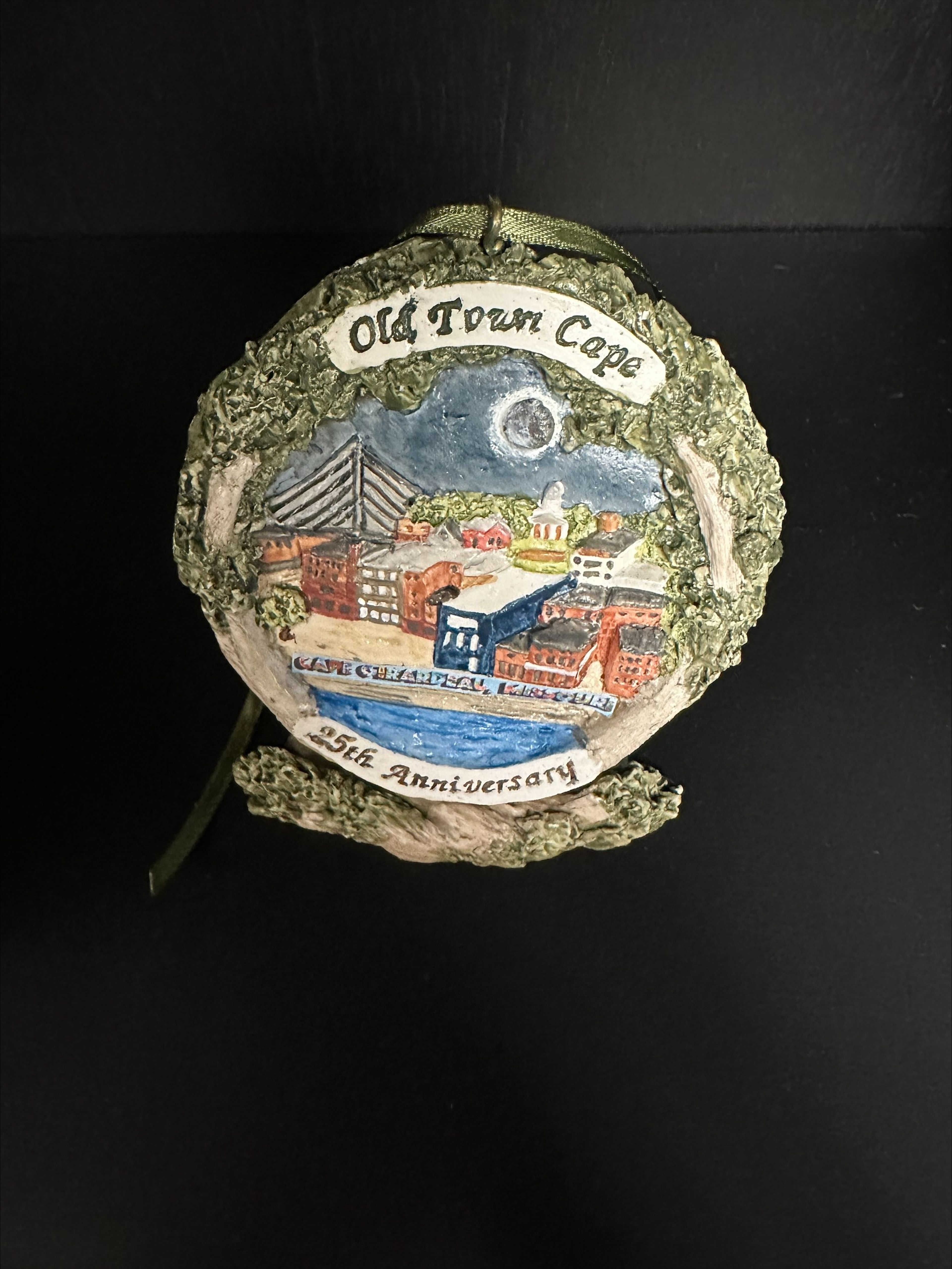MAKING HAY: FARM FAMILY USED TO THE HARD WORK
UNIONTOWN -- Small yellow butterflies danced atop the purple blooms of the volunteer clover and alfalfa. In the distance, a red 270 Massey Ferguson tractor appeared, pulling a 1110 Hesston mower conditioner. Sitting in the driver's seat was John Telle. Despite the tractor's umbrella protecting him from the 3 o'clock sun, Telle squinted under the green brim of a yellow Dekalb hat...
UNIONTOWN -- Small yellow butterflies danced atop the purple blooms of the volunteer clover and alfalfa. In the distance, a red 270 Massey Ferguson tractor appeared, pulling a 1110 Hesston mower conditioner.
Sitting in the driver's seat was John Telle. Despite the tractor's umbrella protecting him from the 3 o'clock sun, Telle squinted under the green brim of a yellow Dekalb hat.
A couple of months ago, Telle drove through the same 9-acre field combining his barley and sowing his spring alfalfa. By fall, he hoped to cut and bale the alfalfa field four or five times. Each time would be a two- or three-day task.
On Wednesday, the field was ready for its first stubble cut. As Telle circled the field, the grass collapsed at the mercy of the mower's sickles and crimper and became scattered rows of leaves and blooms.
Telle would have teddered the grass, a technique that spreads it to dry, but flipping the alfalfa upside down at such a dry time would have caused the stalks to lose too many leaves.
This would not have been good for the quality of the bales, he said. "With alfalfa, all the goodies are in the leaves."
As a dairy farmer, Telle's concern is keeping a bale's protein content as high as possible. Each of his 30 dairy cows averages 17,500 pounds of milk per year, and the better the bale quality, the better the milk production.
On the other side of the feeding bin, however, the cows merely view the alfalfa as a treat compared to less tasty hay.
"When you throw this stuff out to the cows, they eat it up like ice cream," Telle said.
More than two hours after beginning, more than half the field was cut. Telle called it quits. On a 153-acre farm with cows to milk and hogs to feed, other things had to be done. The rest could wait.
After cutting the remaining four acres on Thursday, Telle dedicated the late part of the afternoon to raking the first day's cut. As the machine arranged the grass into even heaping rows, the dryness of the alfalfa was again a concern.
"The dryer the alfalfa is, the more leaves you lose," he said.
The majority of manual labor and sweat came Friday -- making hay.
Although bringing in 600 bales would be considered a good day, Telle set a goal of 250 for that afternoon.
"When it's hot, you really get pooped," Donna Telle said before her husband came in for lunch. "John says that if you get done by 6, that should be plenty of baling when it's as hot out as it is today."
By 1 p.m., the temperature was 95. Walking less than 50 yards from the house to the barn produced glittering beads of sweat on Telle and Matt Meyer, the day's hired hand.
But neither minded the heat, even in jeans.
Pants provide relief from sweat bees, scratchy bales and their own perspiration, a perfect adhesive for messy bits of dirt, clover and alfalfa, the two explained.
You get used to it, they said.
Other relief is provided by hats that hold back the sweat from their eyes, a blue handkerchief to wipe whatever drops get by, Coleman jugs filled with ice water, an occasional breeze and a single blade of alfalfa grass to chew on.
Once in the field, a minor equipment problem teased Telle. As he tried to swing the hitch to move the baler diagonal to the rear of the tractor, a rope got caught on the power shaft that cranks the baler.
Holdups like these are common. The equipment could break, the baler could run out of binder twine or fail to tie the bales correctly, or -- most annoying -- a rainstorm could come up, Telle said.
As Donna drove the Massey Ferguson 383, Telle and Meyer stood on the wagon waiting for the bales to feed out of the New Holland baler. Each 40- to 50-pound bale was grabbed by the strings, picked up and bounced off the knee into a designated spot to allow room for the maximum number of bales on a wagon, usually 90.
Acquiring seaman's legs is necessary on the jerky and bumpy ride. But again, they said they get used to it.
As used to baling as Telle has become, he is aware that dangers such as heat exhaustion, an occasional copperhead hidden in a bale and accidents do exist.
"Anything around machinery is dangerous," he said after stepping down on the wagon's tongue to adjust the baling twine's tension. "You really have to know what you are doing."
The driver also needs to be aware of what the stackers are doing. A lack of communication between the guy in back and the driver can result in an unexpected start or stop, throwing a stacker off balance, he said.
After the wagon is full, it is hooked to another tractor and taken to the barn.
"Here's where the sweat comes out," Telle said, climbing the stairs to the hay loft. Temperatures average 15 to 20 degrees hotter in the stale barn air.
Telle's father, Donald, loaded the bales from the wagon onto a yellow elevator that carries the bales into the loft. There, Meyer tossed the bales to Telle, who stacked them as they were on the wagon.
In the sunlight feeding through two windows in the back, dust could be seen filling the air. Eyes started to burn. A cough built up in the chest. Grit formed on the teeth. And nothing more than "we are used to it" escaped their lips.
By 2:40 p.m., the first load was done. They baled two more before calling it a day.
"After a whole day of doing this, you'd think you would be ready to go home, get a shower and go to bed," Meyer said. "But really you feel like you could go out and do anything."
Connect with the Southeast Missourian Newsroom:
For corrections to this story or other insights for the editor, click here. To submit a letter to the editor, click here. To learn about the Southeast Missourian’s AI Policy, click here.








